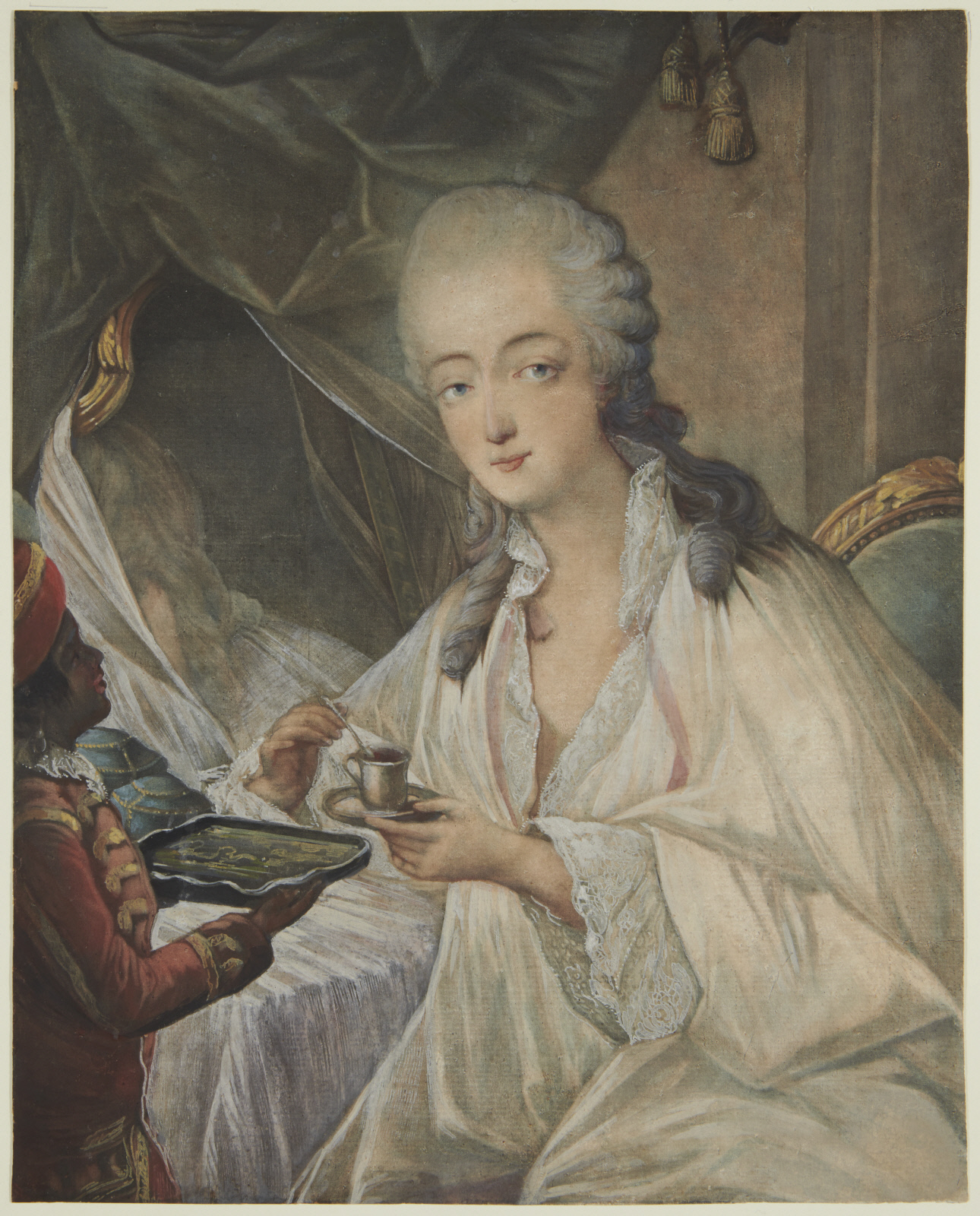

Sewing binding for longer life, where the book block is actually sewn (smythe sewn/section sewn) with thread before binding which results in a more durable type of binding. IF YOU WISH TO ORDER PARTICULAR VOLUME OR ALL THE VOLUMES YOU CAN CONTACT US. If the original book was published in multiple volumes then this reprint is of only one volume, not the whole set. Fold-outs, if any, are not part of the book. As this print on demand book is reprinted from a very old book, there could be some missing or flawed pages, but we always try to make the book as complete as possible. Each page is checked manually before printing. Illustrations, Index, if any, are included in black and white. This is NOT a retyped or an ocr'd reprint. NO changes have been made to the original text. Leather Binding on Spine and Corners with Golden leaf printing on spine. We appreciate your support of the preservation process, and thank you for being an important part of keeping this knowledge alive and relevant. Scholars believe, and we concur, that this work is important enough to be preserved, reproduced, and made generally available to the public. Within the United States, you may freely copy and distribute this work, as no entity (individual or corporate) has a copyright on the body of the work.As a reproduction of a historical artifact, this work may contain missing or blurred pages, poor pictures, errant marks, etc.

Therefore, you will see the original copyright references, library stamps (as most of these works have been housed in our most important libraries around the world), and other notations in the work.This work is in the public domain in the United States of America, and possibly other nations. This work was reproduced from the original artifact, and remains as true to the original work as possible. This work has been selected by scholars as being culturally important, and is part of the knowledge base of civilization as we know it. The journal remained in private hands until 1825 when it was published.Paperback. The Journal of Madam Knight is considered to be an historical and literary document, providing important information of life in the colonies including the social norms of the time. It clearly demonstrates Sarah’s courage, independence and energy that she survives the journey. It is also interspersed with poems and is considered by some in literature figures to pre-date the character and humour of American writer like Mark Twain. Her journey was difficult and dangerous and episodes were recounted as well as much about how disgusting the food that she was offered often was. She kept a journal of her journey which she described in detail providing us with a historic document of the times. She moved to New London in 1713 with her newly married daughter and from there became involved in land and owned several farms and on her death in 1727 left her daughter a considerable estate demonstrating her business acumen. She used this to write letters on behalf of others on court matters, another source of income for her.

She had also gained some knowledge of the law of the land hence her journey in 1704. In 1703 she was left a widow and took on the responsibility of her household and in 1706 opened a boarding house and school which gained a reputation for excellence. She did the journey on horseback, something unknown for a woman at that time, to “settle the estate of her cousin”, on behalf of his widow. She is remembered in particular for her five month journey from Boston to New Haven in Connecticut in 1704. Sarah Kemble Knight was born in 1666 in Boston.


 0 kommentar(er)
0 kommentar(er)
